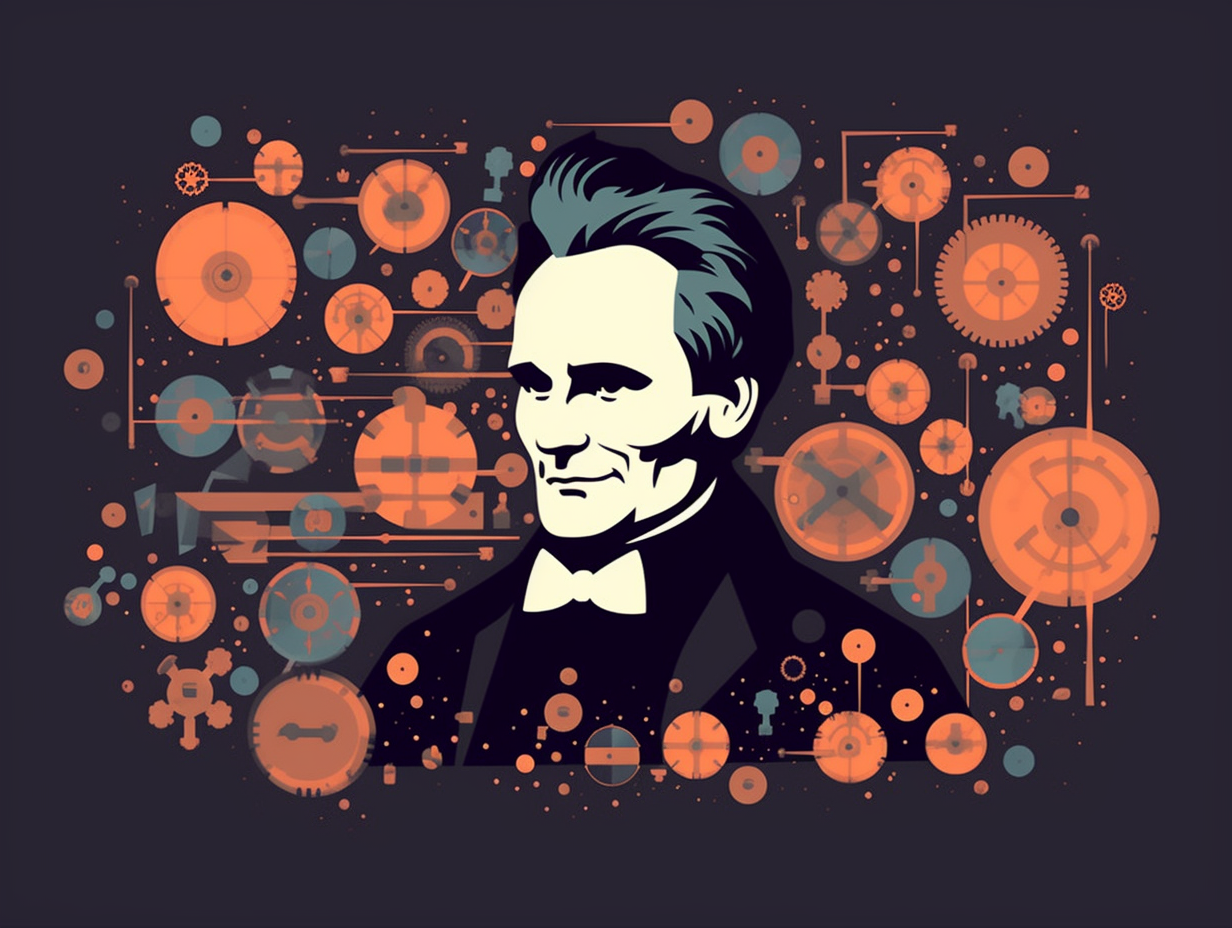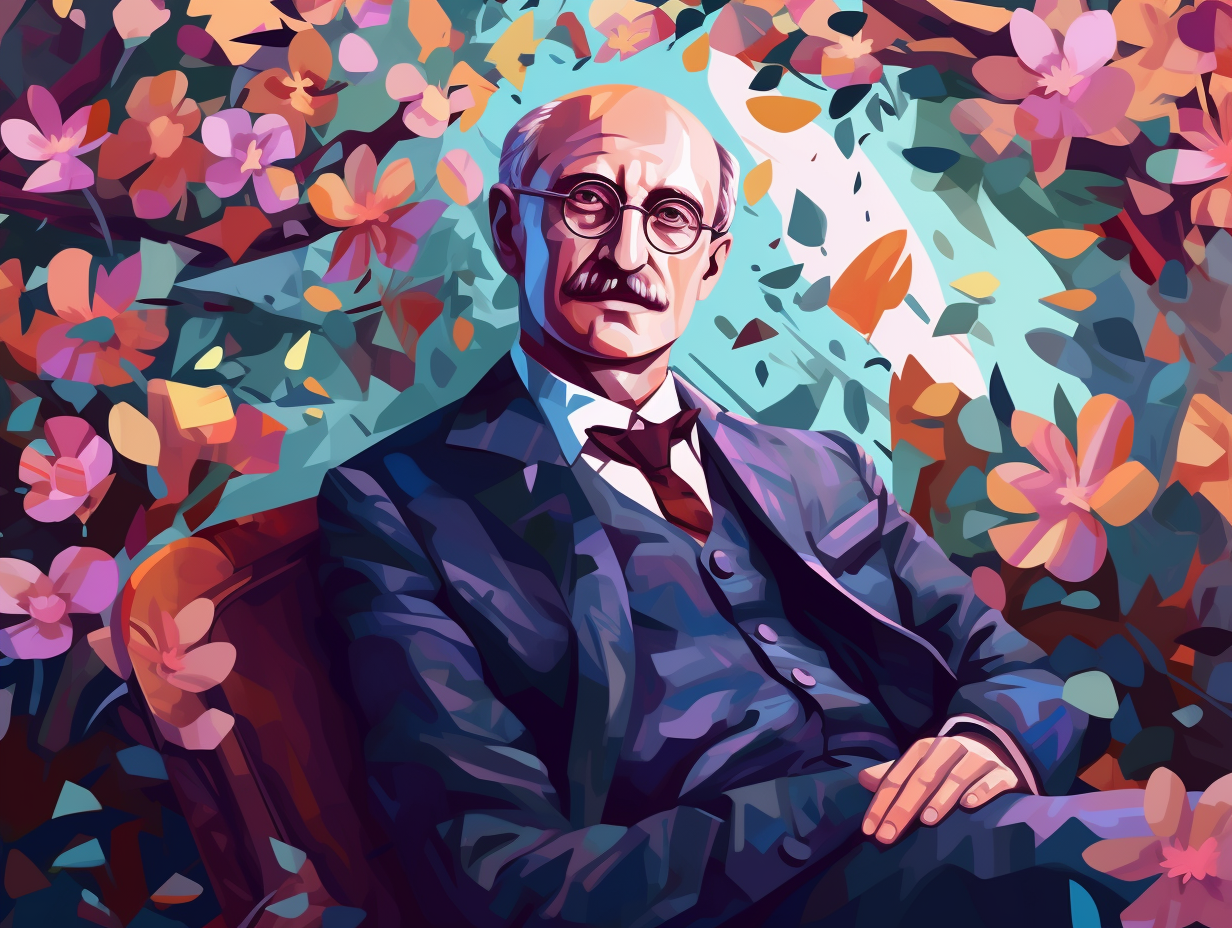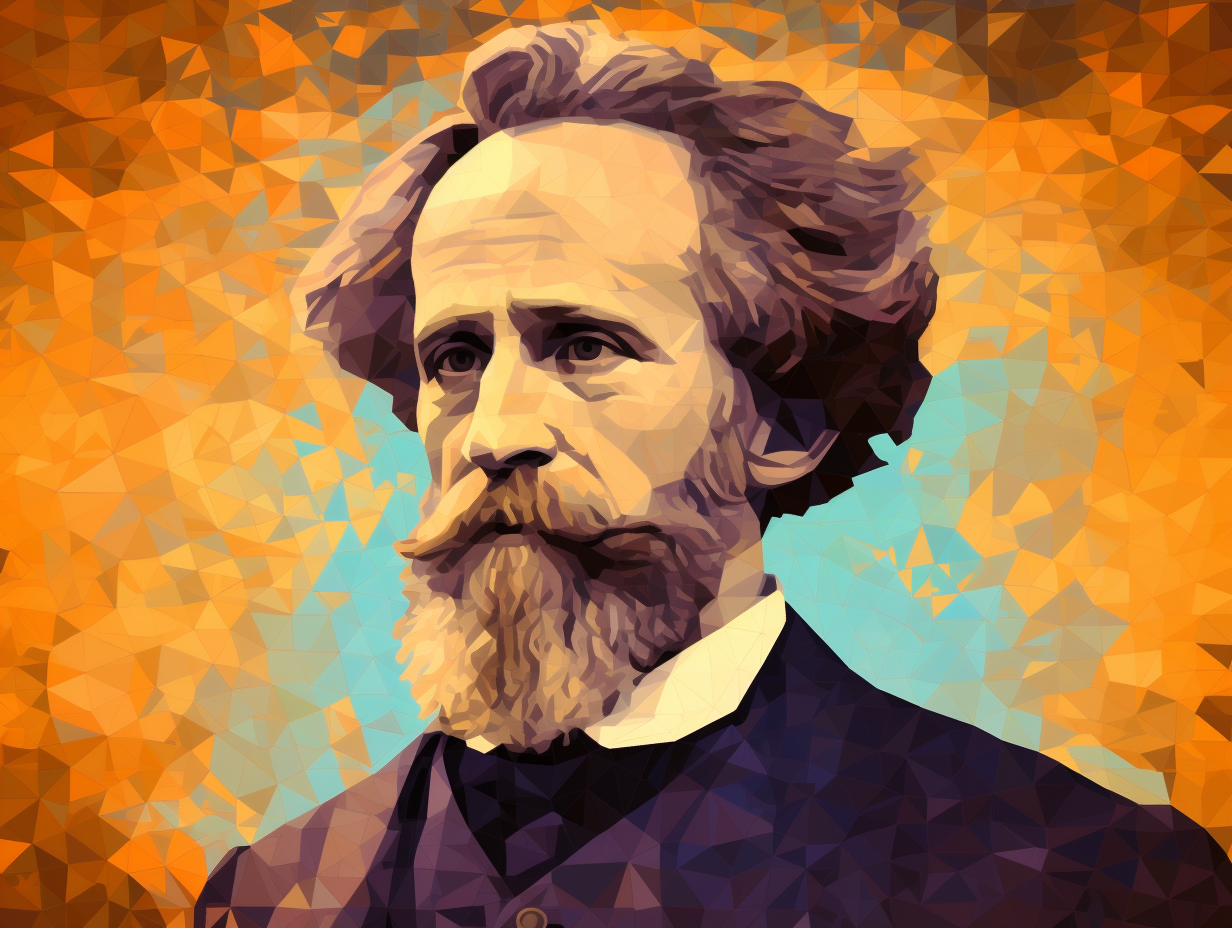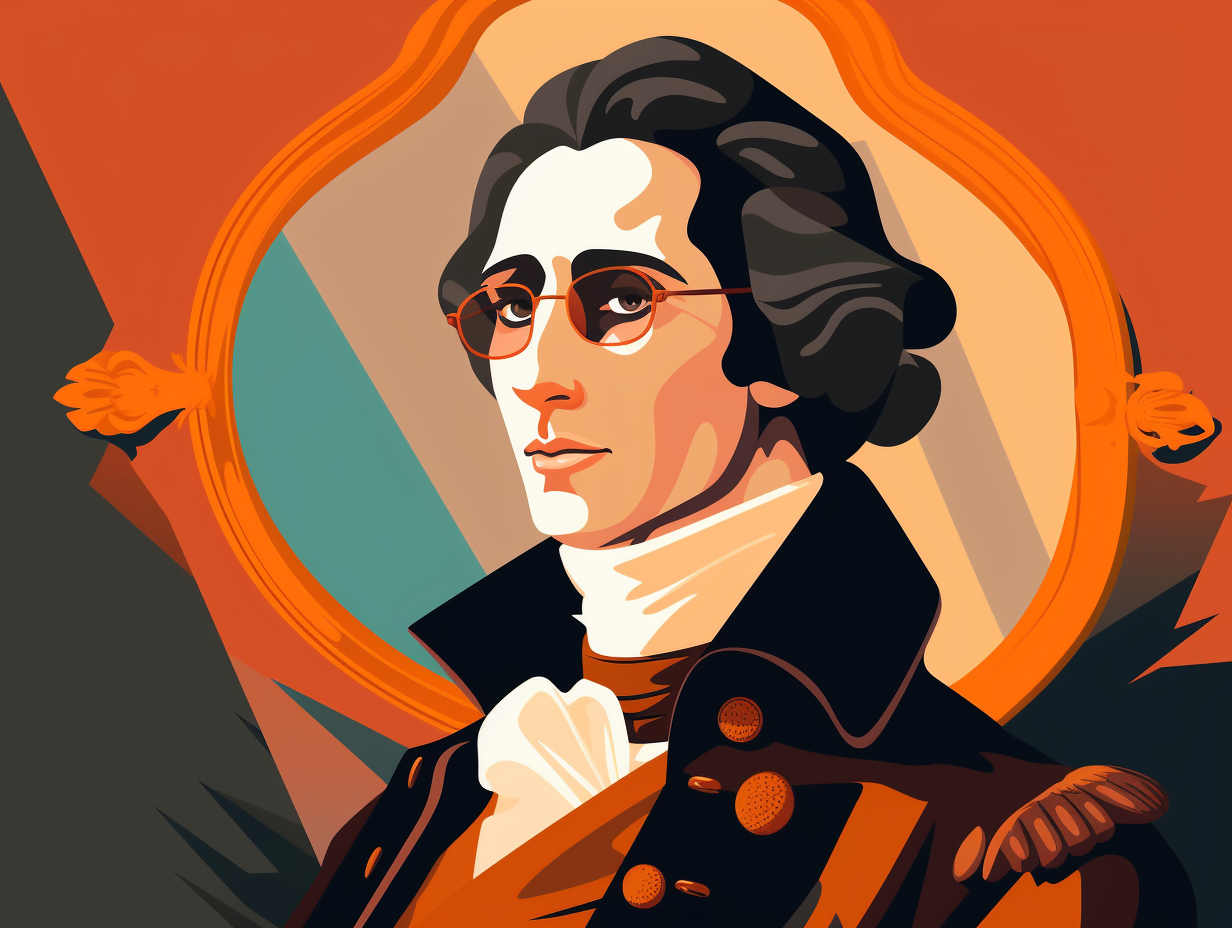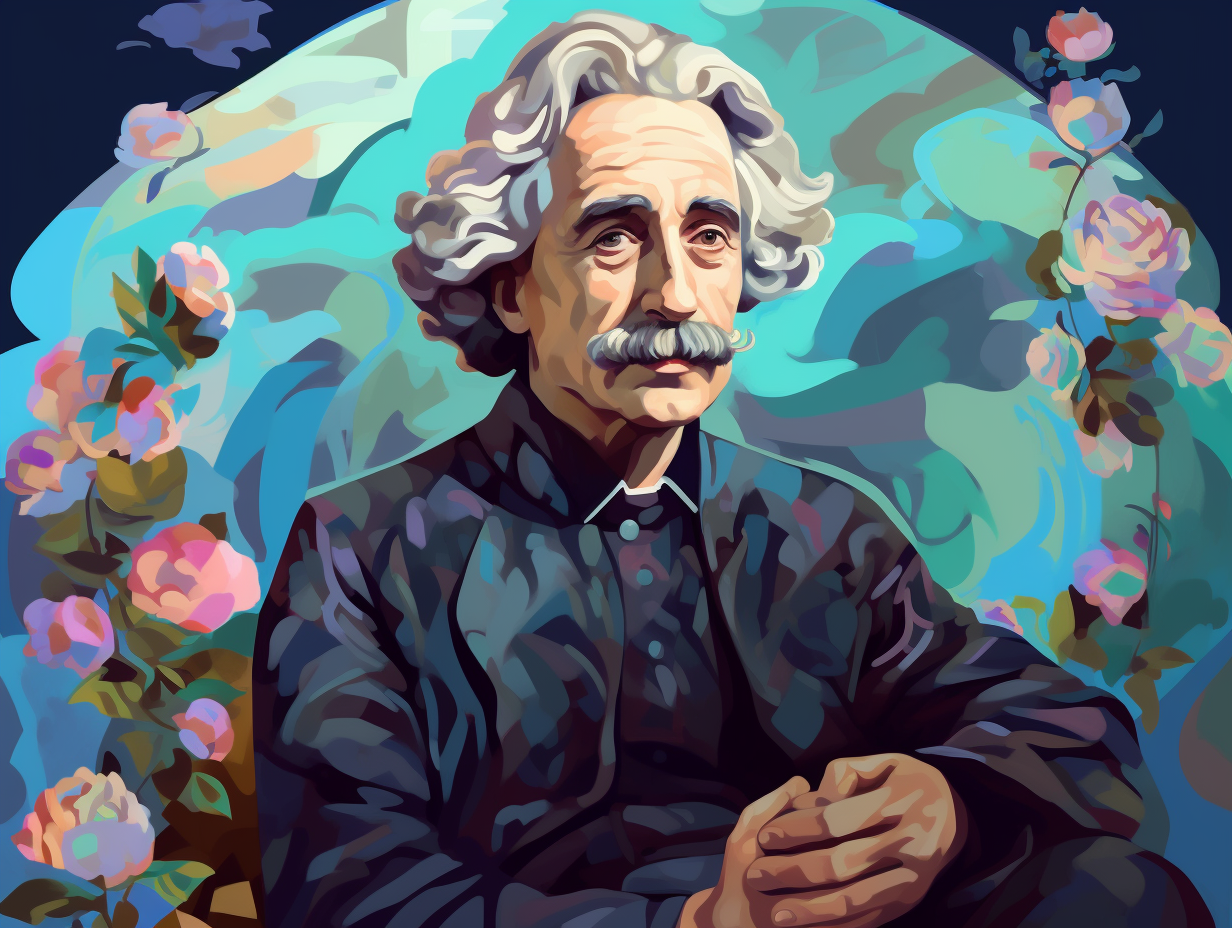Discover the Genius: Top 11 Fun Facts About Gottfried Leibniz You Never Knew!

1. Captain Calculatorsaurus
Move over, Captain Crunch: it's time for Captain Calculatorsaurus! Gottfried Leibniz's 1673 invention of the Step Reckoner calculator, with its unique drum-shaped gears that could represent any digit from 0 to 9 in just one revolution, revolutionized the world of calculator designs and ruled the industry for a whopping 275 years.
Source => computerhistory.org
2. Linguistic Virtuoso
Fluent in the language of love and a whole lot more: Gottfried Leibniz was a linguistic virtuoso, mastering German, French, Latin, and Greek, while also dabbling in Hebrew, Arabic, and Chinese. A strong advocate for the power of language, he sought to create a universal lingo and devised a characteristica universalis for mathematical and symbolic representation of human concepts.
Source => academia.edu

Did you know a 17th-century teen genius invented the first calculating machine at just 19 years old? Meet Blaise Pascal and his groundbreaking "Pascaline"! 🧮✨
=> Fun Facts about Blaise-Pascal
3. Calculus Showdown
In a rivalry more intense than Taylor Swift and Katy Perry, but with fewer catchy tunes: 17th-century mathematicians Isaac Newton and Gottfried Wilhelm Leibniz both independently invented calculus. While Newton played hard to get with his unpublished "method of fluxions and fluents" since 1666, Leibniz swooped in to publish his version in 1684. Accusations of plagiarism abounded, but the academic world now agrees that, like two people ordering lattes, both of these brainiacs put the "fun" in "functions" simultaneously.
Source => en.wikipedia.org
4. Philosopher Extraordinaire
It's no secret that the esteemed Gottfried Leibniz, in between bites of Fig Newtons (disclaimer: not an actual fact), was a bit of an overachiever: Leibniz, known for his mathematical prowess, also showcased his philosophical acumen in works like Theodicee and Discourse on Metaphysics, addressing complex issues such as human freedom, the existence of God, and the problem of evil, all while holding on to his unwavering optimism and belief in the supremacy of good over evil.
Source => study.com

5. Cryptic Concoctions Creator
When Newton wasn't busy with his apples and gravity, he dabbled in alchemy. But Leibniz, the cheeky polymath, preferred crafting cryptic concoctions of a different kind, with a splash of universal spice: Gottfried Leibniz developed a secret code language called "characteristica universalis," which aimed to create a universal method of communication applicable to any discipline, unlocking the enigmatic secrets of the universe and transcending the limitations of human language.
Source => en.wikipedia.org
6. Scholarly Globetrotter
Don't judge a Leibniz by his travels: Gottfried Leibniz may have hobnobbed with royalty and European leaders, but this "man of the world" was more a scholarly globetrotter, not a German diplomat as popular myth would have it. His primary focus lay in exchanging ideas, expanding his intellectual prowess, and revolutionizing mathematics, physics, and philosophy, rather than donning the powdered wigs for state affairs and courtly schmoozing.
Source => mathshistory.st-andrews.ac.uk
7. Pre-Internet Emoji Master
Picture this: a pre-internet emoji master, crafting clever little pictures to convey the knowledge of the universe! Behold young Gottfried Leibniz: He dreamt up the characteristica universalis, a universal symbolic language that combined geometrical figures and pictograms to represent scientific, mathematical, and metaphysical concepts and aimed to express the logical relations of ideas in a philosophical context, not just for international communication.
Source => en.wikipedia.org
8. Symbol-Aholic Pirate
Gottfried Leibniz, the 17th-century mathematician, was a regular symbol-aholic: he was as obsessed with fashioning notations as a pirate is with buried treasure. His symbolic love affair left a trail of algebraic booty for modern math nerds to dig up: Leibniz introduced the familiar calculus symbols dx and dy, developed over 200 other notation gems, implemented paired parentheses for grouping, and even gave us the colon for division and the middle dot for multiplication. But alas, mateys, that integral symbol ∫ you may have heard tales of isn't his handiwork.
Source => en.wikipedia.org
9. Marvelous Multi-Tasking Mathematician
If Leibniz were a modern-day superhero, his catchphrase might be "The Marvelous Multi-tasking Mathematician!": This intellectual powerhouse not only revolutionized mathematics, but also made vital contributions in physics, technology, library science, philosophy, theology, ethics, history, and philology, while juggling fluency in Latin, French, and German. But fear not, for even our brainy hero had his limits—there's not a single piece of evidence suggesting he dabbled in Christian apologetics.
Source => en.wikipedia.org

10. Binary Number System Bigwig
When you think of a wacky 17th-century mathematician, fiddling with ones and zeros might not make for the most exhilarating mental image: But allow us to introduce you to Gottfried Leibniz, the binary number system bigwig who laid the groundwork for the digital era! Thanks to his bits and bytes wizardry, Leibniz set the stage for the invention of computers, revolutionizing the way our modern techie tools calculate and communicate. Thus, our history books can proudly declare him one of the mathematical masterminds behind your favorite cat meme!
Source => inverse.com
11. 17th-Century MacGyver
Gottfried Leibniz: a 17th-century MacGyver, dabbling in everything from law school escapades to political-economic showdowns, and snapping his fingers to sanitize the world: In reality, our multifaceted hero was a thought leader in law, political economy, and public health, as well as a driving force behind improving agriculture, industry, and supporting the endowment of research.
Source => en.wikisource.org
Related Fun Facts


